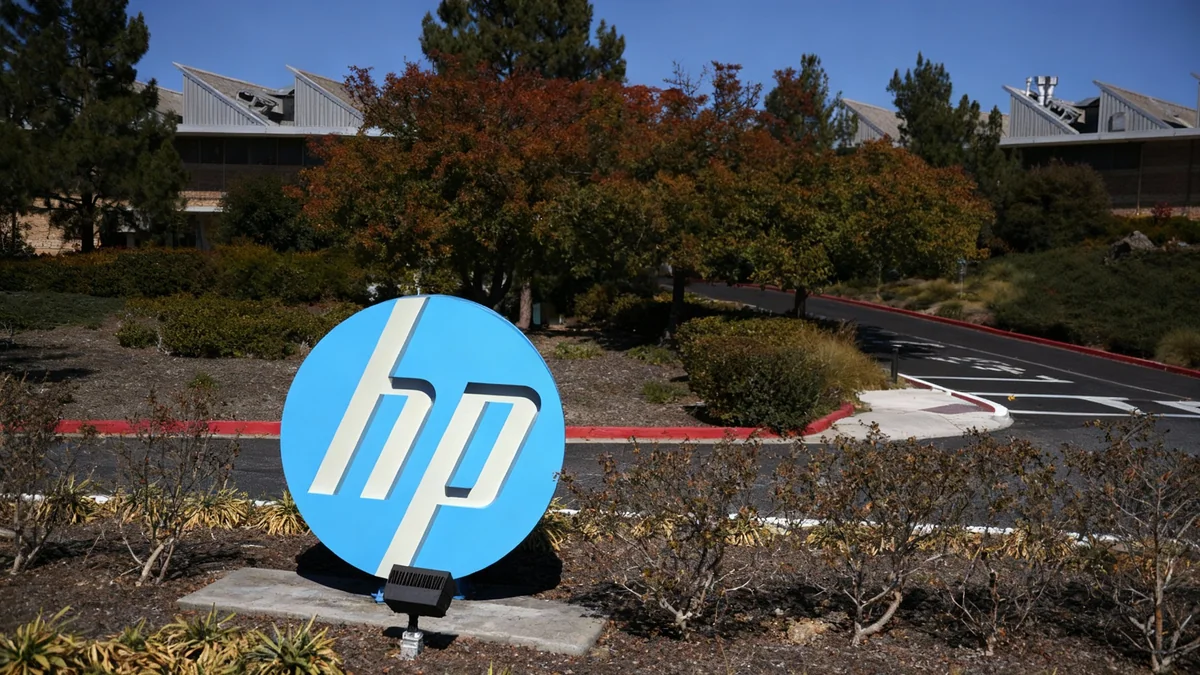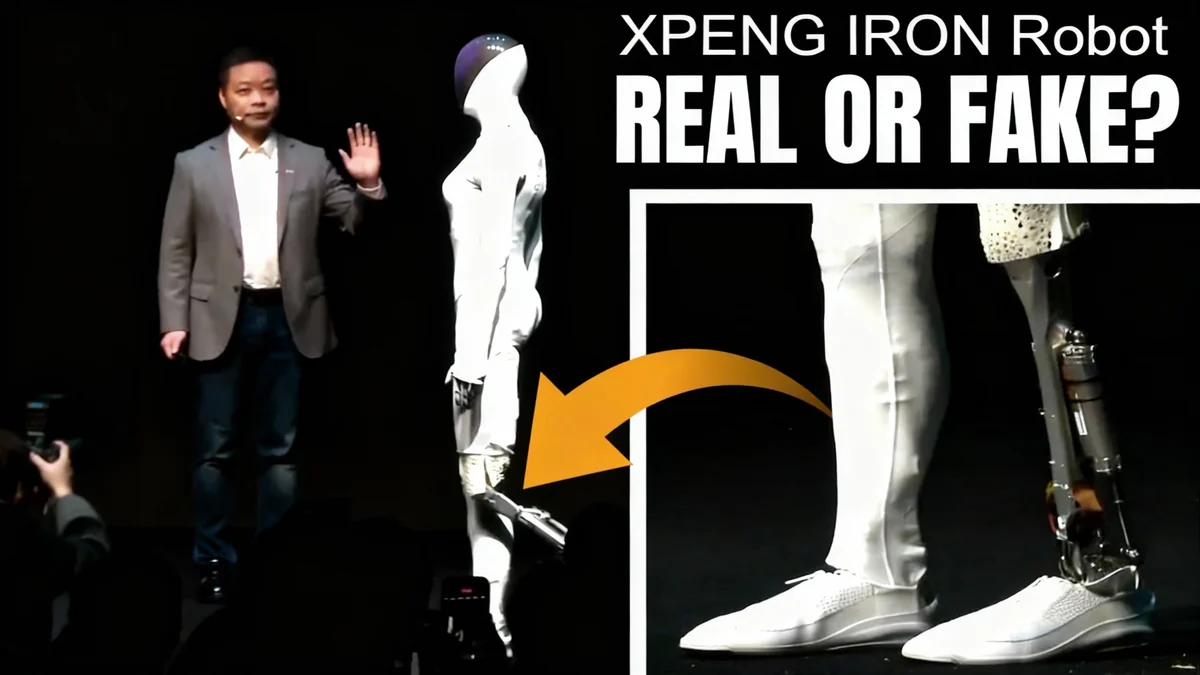Tan Su Shan has taken leadership as the first female CEO of DBS Group, Southeast Asia's largest bank. In her new role, she is guiding the financial institution, which manages over $600 billion in assets, through a period of rapid technological advancement and geopolitical shifts. Her strategy focuses on integrating artificial intelligence and digital assets while reinforcing the bank's core principles of trust and security.
Key Takeaways
- Tan Su Shan became the first woman to lead DBS Group in March, succeeding Piyush Gupta.
- Her strategy involves leveraging AI, blockchain, and cryptocurrencies to enhance banking services.
- DBS currently has over 350 AI use cases, projected to generate more than $780 million in value this year.
- A new "one-bank" initiative aims to unify customer data and services across all divisions.
- The bank is also expanding its digital asset offerings, including a digital exchange and tokenization services.
A New Era of Leadership at DBS
In March, Tan Su Shan assumed the role of Chief Executive Officer at DBS Group, a financial powerhouse with 38,000 employees operating across 19 countries. She succeeds Piyush Gupta, whose 15-year tenure transformed DBS from a traditional Singaporean lender into a global leader in digital banking.
Gupta's leadership saw the bank's revenues increase fivefold to $17.3 billion and profits reach a record $8.8 billion in 2024. The return on equity also grew significantly, from approximately 7% to 18%, positioning DBS as one of the world's most profitable banks.
Tan faces the challenge of maintaining this momentum amid global economic uncertainty and technological disruption. She has communicated a clear message to her team about the path ahead. "I’ve told colleagues, ‘This is going to be a volatile year, so you better buckle up,’” she stated, emphasizing the need for resilience and adaptability.
The Foundation of DBS
Originally established as the Development Bank of Singapore in 1968, DBS played a crucial role in Singapore's early economic development. It was tasked by the government with financing essential industrial and infrastructure projects, such as power plants, the national shipping line, and Singapore Airlines. Over the decades, it evolved into a full-service commercial and consumer bank, significantly expanding its retail customer base with the acquisition of the Post Office Savings Bank in 1998.
Implementing a Unified Strategy
A central component of Tan's vision is the "one-bank initiative." This strategy is designed to break down internal silos between the bank's various divisions, including consumer banking, wealth management, and institutional banking.
"I’ve kept that but am taking a more one-bank, one-customer approach," Tan explained. "Because our small and medium-size enterprise customer could also be a wealth customer... How do we pull all that data together?"
To execute this vision, Tan has created a new Chief Operating Officer position, appointing longtime colleague Derrick Goh. This move is intended to streamline processes, enhance data governance, and ensure a consistent customer experience across all platforms and services. The goal is to create a seamless journey for clients, eliminating redundant data requests and leveraging technology uniformly across the organization.
DBS by the Numbers
- Assets Under Management: Over $600 billion
- Employees: 38,000
- Global Presence: 19 countries
- 2024 Revenue: $17.3 billion
- 2024 Profit: $8.8 billion
- Return on Equity: 18%
Championing Artificial Intelligence
Tan has been a vocal advocate for artificial intelligence within DBS for years. She sees AI not as a threat to jobs but as a tool to augment employee capabilities, turning them into what she calls "superhuman bankers."
"[AI is] an upgrade. You don’t have to think about mundane questions. You can start thinking about constructive ideas for customers."
DBS has already implemented AI extensively. The bank reports having more than 350 active AI use cases, which include fraud detection, algorithmic credit scoring, and employee training. One of the most prominent applications is a system of AI-powered "nudges" that provide hyper-personalized financial guidance to retail customers.
For example, if a customer's spending on dining increases, the system might suggest setting aside funds to meet savings goals. This year, Tan estimates the bank will send over a billion such nudges to its clients. The total economic value generated by DBS's AI initiatives is projected to exceed $780 million in the current year.
Expanding into Digital Assets and Blockchain
Beyond AI, Tan is directing DBS to lean into other emerging technologies like blockchain and cryptocurrencies. She believes these technologies will become increasingly important for global corporations and high-net-worth individuals, especially in light of geopolitical tensions.
"Everything can be weaponized, including the dollar," Tan noted, suggesting that these strains are driving demand for alternative financial systems. She views recent regulatory developments, such as the GENIUS Act in the United States for stablecoins, as a signal of growing acceptance for digital assets among global regulators.
DBS has been active in this space for several years. Key initiatives include:
- DBS Digital Exchange (DDEx): Launched in 2020, this platform offers tokenization, trading, and custody services for institutional and accredited investors.
- Partior: A blockchain-based interbank clearing and settlement platform created in 2022 in partnership with JPMorgan and Temasek.
- DBS Token Services: Introduced last year, this service integrates tokenization and smart contracts for banking clients.
This suite of services is designed to position DBS as a digitally advanced and trusted partner for clients looking to diversify their assets across key global jurisdictions like Singapore, Switzerland, and the United States.
A Commitment to Gender Equality
Tan's appointment is a significant milestone for gender representation in Asian finance. She has long been an advocate for women in the workplace, having founded the Financial Women’s Association in 2001 to help women re-enter the financial industry after career breaks.
Under her influence and that of its broader leadership, DBS has made significant strides in gender equality. Women currently make up nearly half of the bank's total workforce and hold 40% of senior management positions. The bank has set a formal goal to increase the proportion of women on its board to 30% by 2030, aligning with standards common in the U.S. and Europe.
Tan credits strong female role models in her own life, including her grandmother and mother, for her drive and perspective. She continues this legacy by mentoring young female founders, whom she calls her "reverse mentors," to stay connected with new ideas and challenge her own views.





